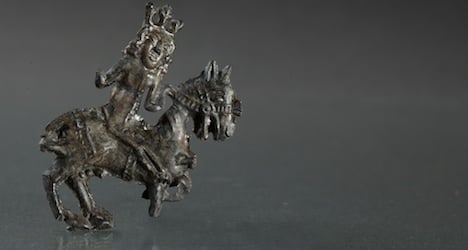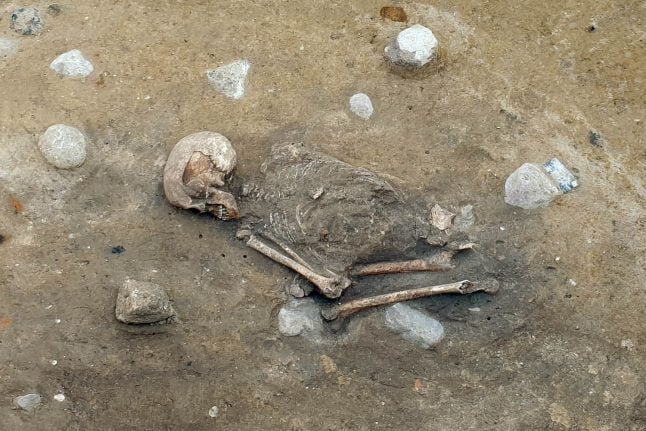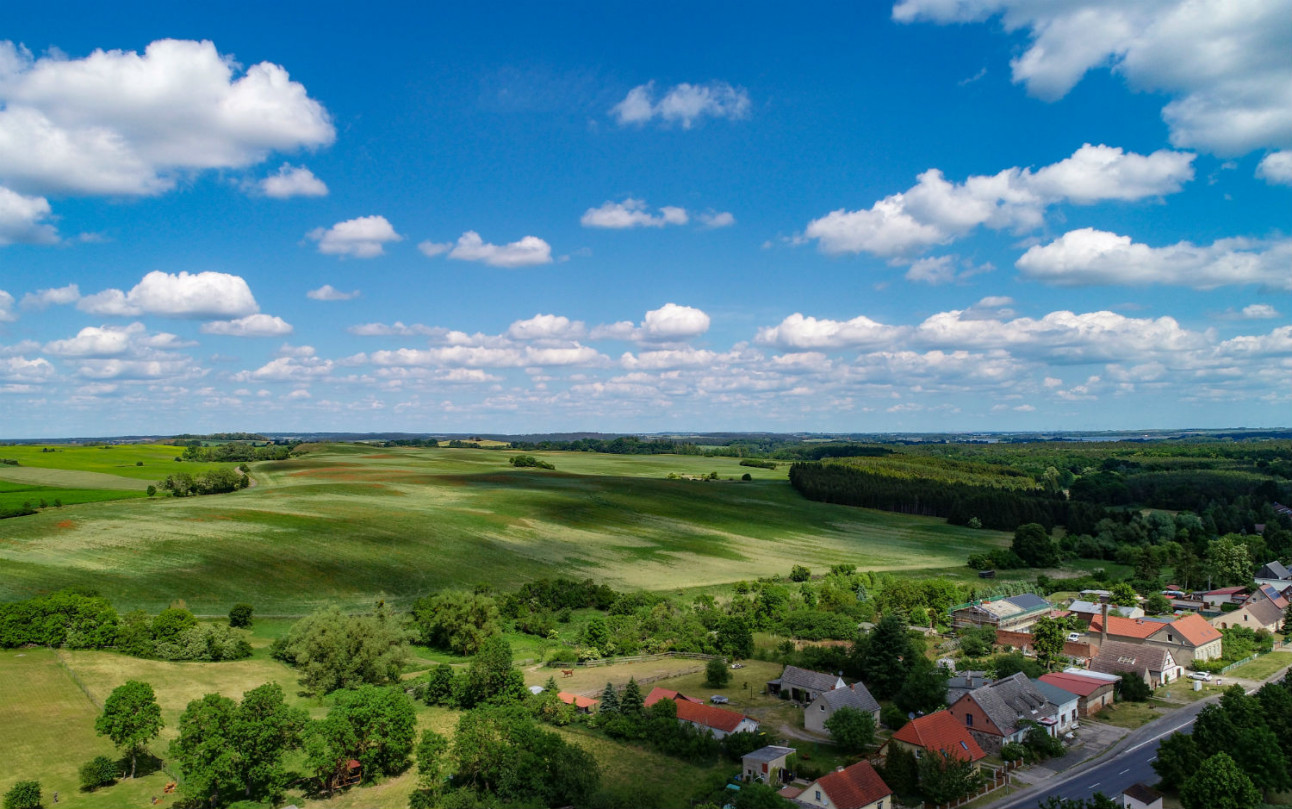Archeologists of Zurich’s urban development office said the 600-year-old badge, just 35 millimetres wide, was a representation of the crowned emperor on a horse in the process of kneeling.
Charlemagne was worshipped as a saint in Zurich churches from the 13th century onward.
According to legend, he followed a white deer on horseback to the graves of Felix and Regula, the martyred patron saints of Zurich, with the horse kneeling at the site of its own accord.
The scene can be seen on display in Zurich’s Grossmünster church, the city said in a news release.
The non-ferrous badge would likely have been used to adorn a garment and suggests that Charlemagne would have been worshipped as a saint by the wider population, the release said.
It is one of the most interesting of thousands of documented discoveries from excavations around the Fraumünster conducted from 2013-2014.
Another find in the area of the Münsterhof, the square in front of the church, was a 700-year-old “Christmas star”, the city said.
It was identified through an x-ray conducted by the Swiss Federal Materials Testing Institute (EMPA), which concluded that it is a spur in the shape of a poinsettia probably lost by a rider on horseback while crossing the Münsterhof.
The excavations of the Münsterhof occurred ahead of its restoration as a public square after being used as a parking lot.
In October 2015, the remains of about 280 people were found from a seventh century cemetery as part of the archeological excavations in the area.




 Please whitelist us to continue reading.
Please whitelist us to continue reading.
Member comments